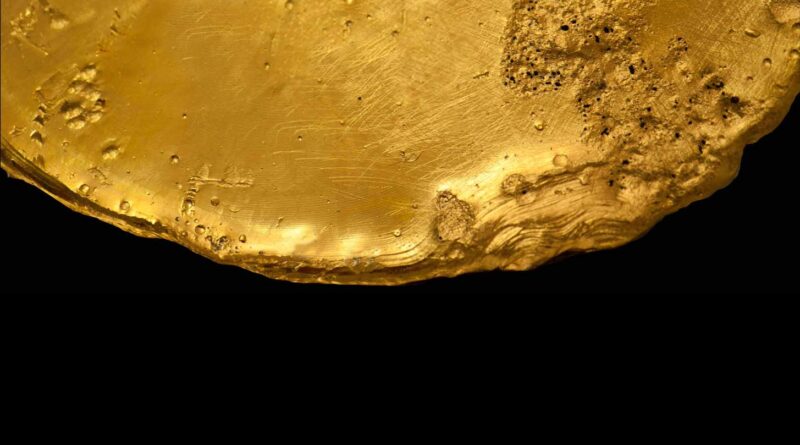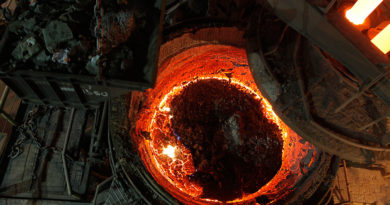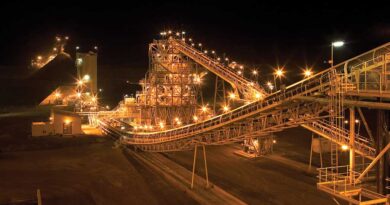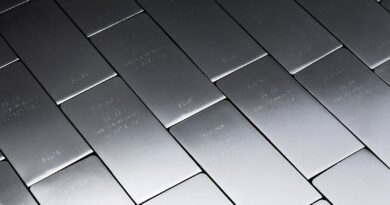Sibanye-Stillwater: from red to green amid strong gold, PGM prices
Sibanye-Stillwater advises in its trading statement for the six months ended 30 June 2020, that it expects an approximate 3,780% increase in basic earnings to R9,385 million (US$563.1 million) for H1 2020, which compares with a basic loss of R255 million (US$18 million) reported for H1 2019.
The expected increases in basic earnings and headline earnings for the period compared to the comparative period in 2019 are mainly attributed to the following:
• An improved operational performance from our managed SA gold operations, despite the adverse impact of the COVID-19 lockdown regulations on production volumes, with the AMCU strike significantly impacting earnings for H1 2019
• The inclusion of the Marikana operations for the full six-month period, compared with one month for H1 2019
• Significantly higher average precious metals prices for H1 2020
• Depreciation of the rand relative to the US dollar, with the rand being on average 17% weaker for the period at R16.67/US$
OPERATING UPDATE FOR H1 2020 COMPARED TO H1 2019
The Group delivered strong financial results and a solid operating performance for H1 2020, with improved production across all the operating segments and higher received precious metal prices for the period, considerably boosting Group profitability.
This was achieved despite the challenges posed by the global COVID-19 pandemic, which, in particular, severely disrupted the SA operations following the imposition of the nationwide economic and social lockdown in South Africa in late March 2020.
Production from the SA gold operations for H1 2020 increased by 17% to 12,554kg(403,621oz), largely reflecting the operational recovery post the AMCU strike in H1 2019. 4E PGM production from the SA PGM operations of 657,828 4Eoz was 5% higher year-on-year, with the inclusion of the Marikana operations for the full six-month period offsetting lower production due to COVID-19 disruptions.
The US operations, after engaging local health authorities in Montana, took proactive steps to reduce the number of people on site and continued to operate largely uninterrupted throughout H1 2020. Mined 2E PGM production of 297.740 2Eoz was 5% higher year-on-year with recycled production of 397,472 3Eoz 6% lower, due to the impact of COVID-19 on global auto catalyst collections and deliveries.
Precious metals prices recovered strongly during Q2 2020 after an initial sharp pullback in mid-March 2020, associated with the global imposition of COVID-19 related economic and logistical restrictions.
PGMs recovered most of their losses by the end of H1 2020 and gold benefited from increased global uncertainty, rising steadily throughout the period.
As a result, average received metal prices for H1 2020, were significantly higher than for the comparable period in 2019, with the average 2E PGM basket price of US$1,837/2Eoz 43% higher year-on-year, the average 4E PGM basket price received, 92% higher at R33,375/4Eoz (US$2,002/4Eoz) and the average gold price received of R864,679/kg (US$1,613/oz), 45% higher than for H1 2019.
Due to the above factors the Group expects revenue of R55,019 million (US$3,301 million) for the period, which is an increase of R31,484 million (US$1,889 million), or 134% higher than for the comparative period in 2019. Adjusted EBITDA is expected to be R16,514 million (US$990 million), 718% higher than for H1 2019 (R2,018 million (US$142 million)).
As a result of this strong financial performance, pro forma net debt:adjusted EBITDA1 has declined meaningfully to 0.55x at 30 June 2020, from 1.25x at the end of H2 2019 and 0.75x at the end of Q1 2020.
At the end of July 2020, the SA PGM operations had achieved a production run rate of between 70% and 75% of plan with the SA gold operations achieving a production run rate of approximately 90% of plan. Supported by a better operational outlook than for H1 2020 and with precious metals prices having recovered close to levels prior to the global COVID-19 economic lockdown, the outlook for H2 2020 is positive.




